Spring can make you feel like cutting back everything in sight—trees, shrubs, perennials—just to tidy things up after winter. But not all plants appreciate a spring trim. In fact, pruning the wrong things right now can mess with blooming cycles, invite disease, or even stunt growth for the rest of the year.
At the same time, there are a few jobs that make perfect sense in April. Some plants actually benefit from a fresh cut this month, and getting them done early sets you up for better shape and health as the season rolls on. Here’s a look at what you should leave alone for now—and what’s totally fair game this spring.
Never Prune Roses
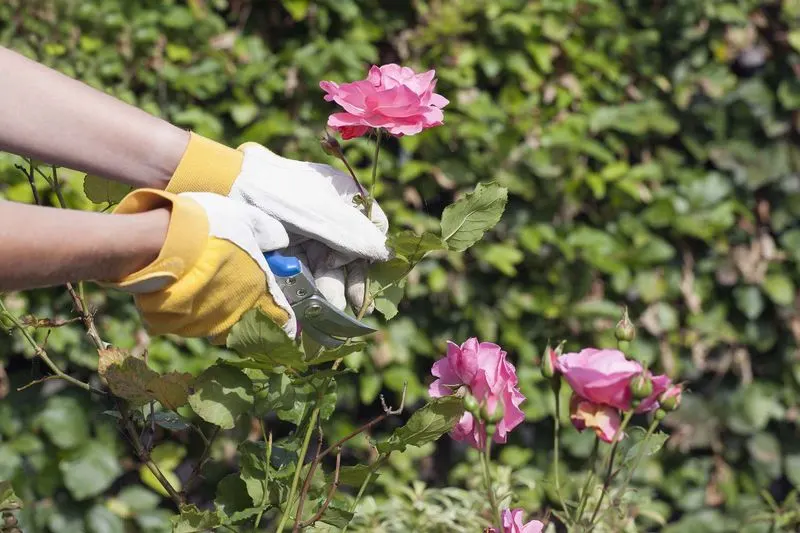
Roses are best left untouched in spring’s early days. Pruning them can lead to a loss of blooms, as they form on last year’s growth. Waiting allows you to enjoy a fuller, more vibrant display.
Additionally, roses pruned too early are vulnerable to frost damage, potentially stunting their growth. Instead, let them flourish until late spring or early summer when their flowering cycle has completed.
By understanding this timing, you preserve the beauty of your roses and encourage a healthy, thriving plant that rewards you with a burst of color later in the year.
Avoid Pruning Fruit Trees

Fruit trees require careful timing for pruning. Early spring is not ideal, as it can remove buds essential for fruiting. Instead, wait until late winter when the tree is dormant.
Pruning during dormancy helps shape the tree and remove any diseased limbs without compromising the upcoming fruit yield.
Engage with your fruit trees when the time is right, and you’ll be rewarded with a bountiful harvest. The anticipation of waiting makes the first bite of fresh fruit even sweeter, knowing you nurtured it right from the start.
Don’t Prune Flowering Shrubs
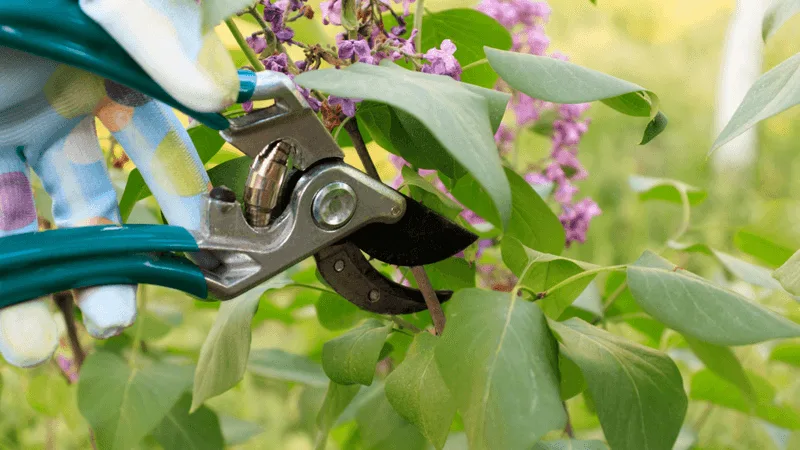
Flowering shrubs, such as azaleas and lilacs, bloom on old wood. Avoid the urge to prune them in spring, as this can strip them of their vibrant blossoms.
Wait until after they have finished flowering to perform any cutting back. This approach allows you to enjoy their full bloom and maintain their shape for the following year.
Understanding the life cycle of flowering shrubs ensures a breathtaking display in your garden. Patience in pruning these beauties pays off with a colorful parade of petals year after year.
Avoid Trimming Spring Bulbs
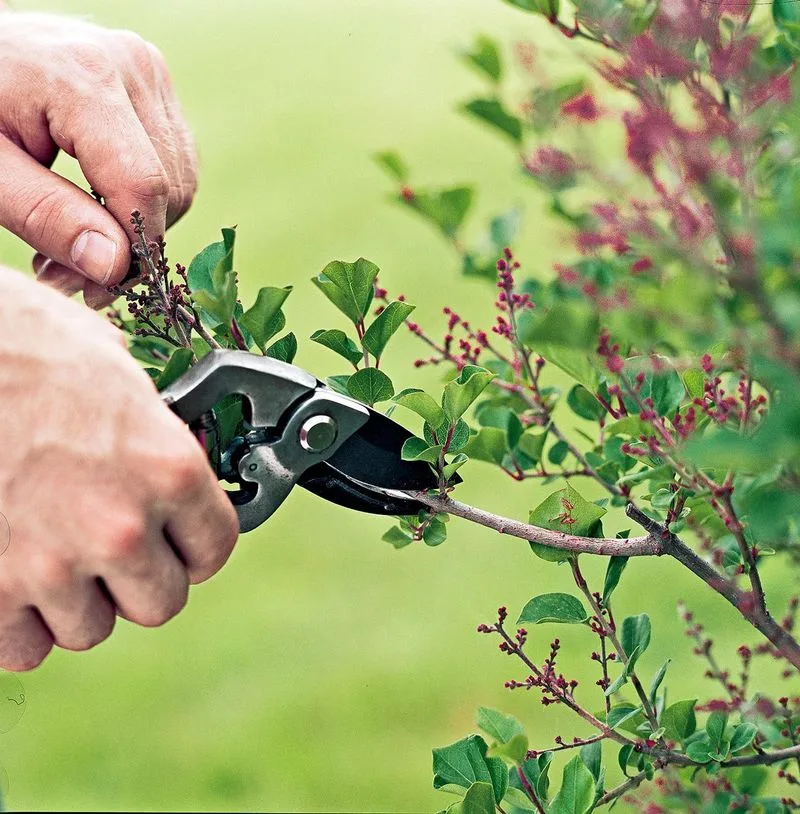
Spring bulbs like tulips and daffodils rely on their leaves to store energy for the next bloom. Trimming them back too early in spring can deplete this energy reserve.
Allow the leaves to yellow and die back naturally, nourishing the bulb beneath the soil. This process ensures a robust return the following spring.
By resisting the urge to tidy up too soon, you support the cycle of renewal inherent in these beautiful plants. Your patience will be rewarded with a vibrant garden that sings the promise of spring each year.
Resist Pruning Hydrangeas

Hydrangeas often confuse even seasoned gardeners. Many varieties bloom on old wood, so pruning in spring may remove potential flowers. Instead, wait to assess any dead wood after the plant has leafed out.
By waiting, you allow the plant to reveal its needs naturally, encouraging lush blooms. Always identify your hydrangea type before making any cuts.
This thoughtful approach preserves the elegance of hydrangeas, ensuring they remain a garden favorite. Their large, mophead blooms are worth the patience, enhancing any landscape with their grandeur and charm.
Skip Pruning Lilacs

Lilacs are synonymous with spring, offering fragrant blooms that delight the senses. Pruning them during this time can rob you of their beauty. They bloom on old wood, so any cuts should be made after flowering.
This timing helps maintain their size and encourage more blooms in the following years. Embrace the sensory delight and let lilacs speak the language of spring unhindered.
By honoring their natural cycle, lilacs become a perennial treasure, filling the air with perfume and painting the garden with their subtle hues.
Don’t Cut Back Clematis
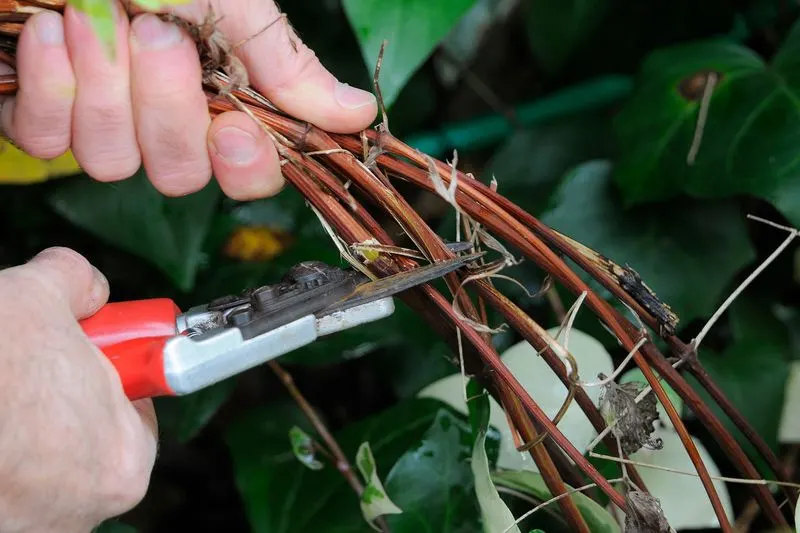
Clematis vines require a nuanced understanding for pruning. Many bloom on old wood, and spring pruning can remove these potential blooms. Instead, know your clematis variety and prune accordingly.
By observing their growth habits, you can promote a profusion of blooms without inadvertently cutting them away.
Clematis vines, when nurtured with patience, add a whimsical touch to gardens. Their tendrils and blooms create a tapestry of color and texture, reminding us of the rewards of informed gardening.
Prune Dead Wood

Spring is a perfect time to remove dead wood from trees and shrubs. It rejuvenates plants and allows new growth to flourish. By removing these lifeless branches, you prevent disease and rot.
Focus on identifying branches that are truly dead by performing a simple scratch test. Healthy wood should be green underneath.
This pruning not only enhances the visual appeal of your garden but bolsters plant health. Embrace this task as a spring ritual that fosters vitality and vigor in your cherished plants.
Thin Overcrowded Branches

Thinning overcrowded branches in spring is a strategic move, especially for bushes and young trees. This task allows light and air to penetrate, boosting overall health and vitality.
Focus on removing smaller, weaker branches that crisscross or compete with stronger ones. This pruning encourages a balanced structure and robust growth.
By opening up the canopy, you create an environment that supports vibrant blooms and healthy foliage. This thoughtful pruning practice ensures your garden thrives, echoing nature’s efficient design.
Shape Evergreens
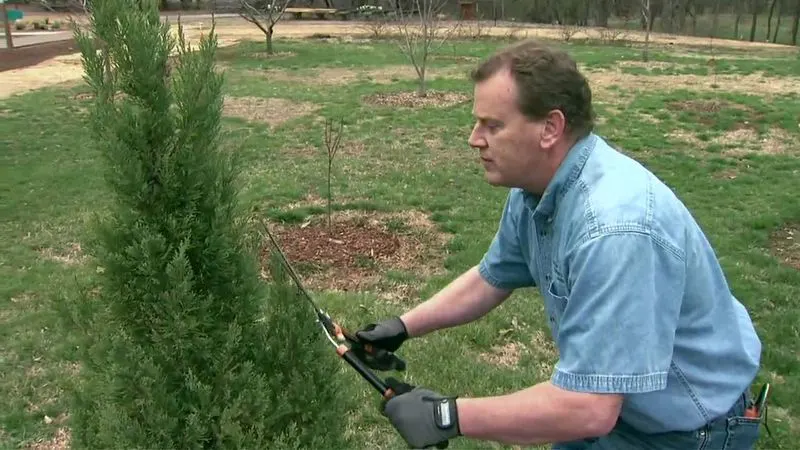
Spring presents a wonderful opportunity to shape evergreens, such as boxwoods and yews. These plants respond well to pruning, offering a neat and tidy appearance.
Trim back new growth to maintain the desired shape, ensuring the plant remains dense and lush. This practice promotes healthy growth and enhances the garden’s structure.
Through careful shaping, evergreens become living sculptures, offering year-round interest. Their steadfast presence anchors the garden, providing a verdant backdrop to seasonal blooms.
Tackle Hedges
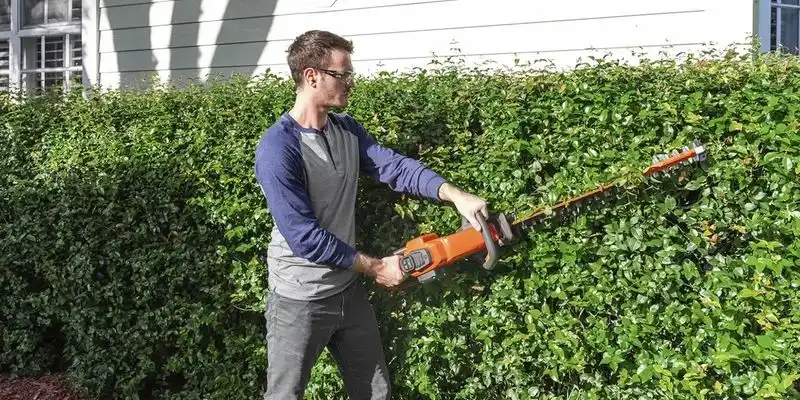
Spring is the prime time to tackle hedges. As new growth appears, shaping these plants ensures they remain dense and tailored.
Focus on creating even lines and symmetrical shapes, promoting a healthy, unified appearance. Regular pruning prevents overgrowth and keeps hedges manageable.
Well-maintained hedges act as living fences, adding privacy and elegance to garden landscapes. Their structured form complements the fluidity of flowering plants, creating a harmonious balance in the outdoor space.
Revitalize Ornamental Grasses
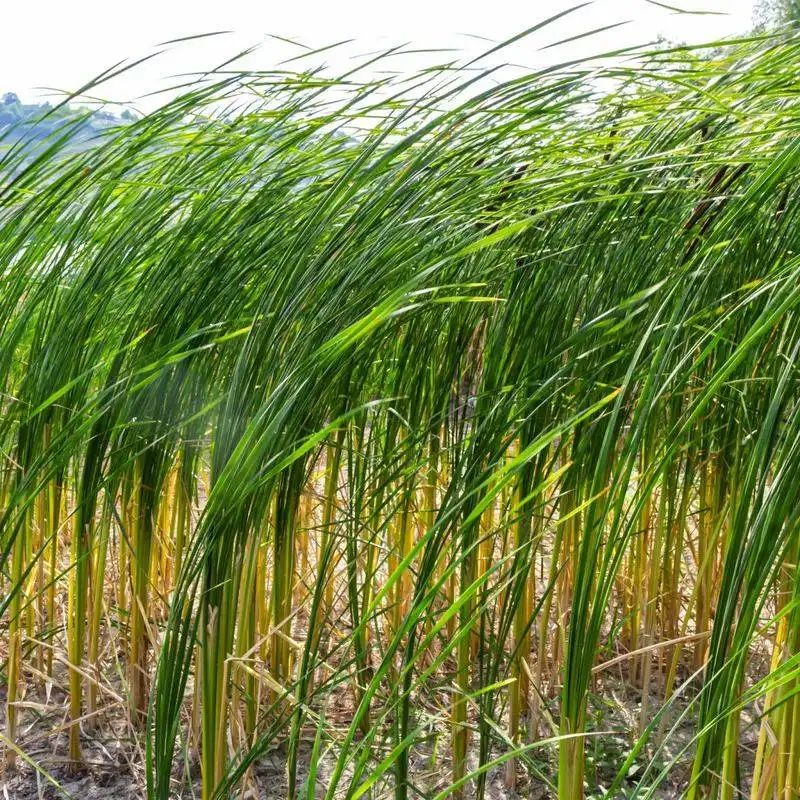
Ornamental grasses thrive with a seasonal trim. Cutting them back in spring clears away dead material, making room for fresh, vibrant growth.
Use sharp shears to remove old foliage close to the ground, encouraging a lush display of new grass. This annual cutback is essential for maintaining their graceful movement and texture.
As the grasses sway in the spring breeze, they become dynamic elements in the garden, adding height and rhythm. This simple task promises a rewarding spectacle as the garden awakens from winter’s slumber.
Prune Perennials for New Growth
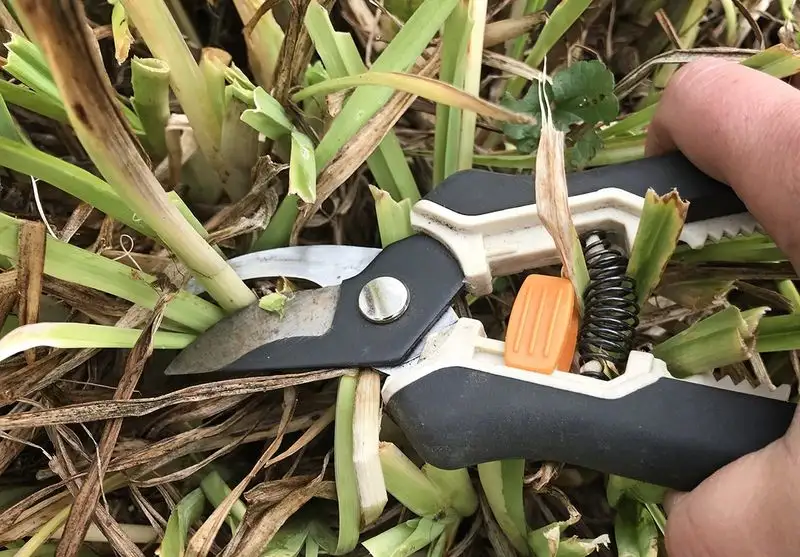
Spring pruning of perennials sets the stage for abundant growth. Trim back old stems to make way for new shoots, ensuring robust blooms.
Focus on removing dead foliage and any winter-damaged parts. This process revitalizes the plant, setting the tone for a flourishing season.
Perennials, with their diverse colors and forms, bring life and character to gardens. This mindful pruning practice lays the groundwork for a tapestry of blooms, turning every corner into a vibrant canvas of nature’s artistry.
Target Suckers and Water Sprouts
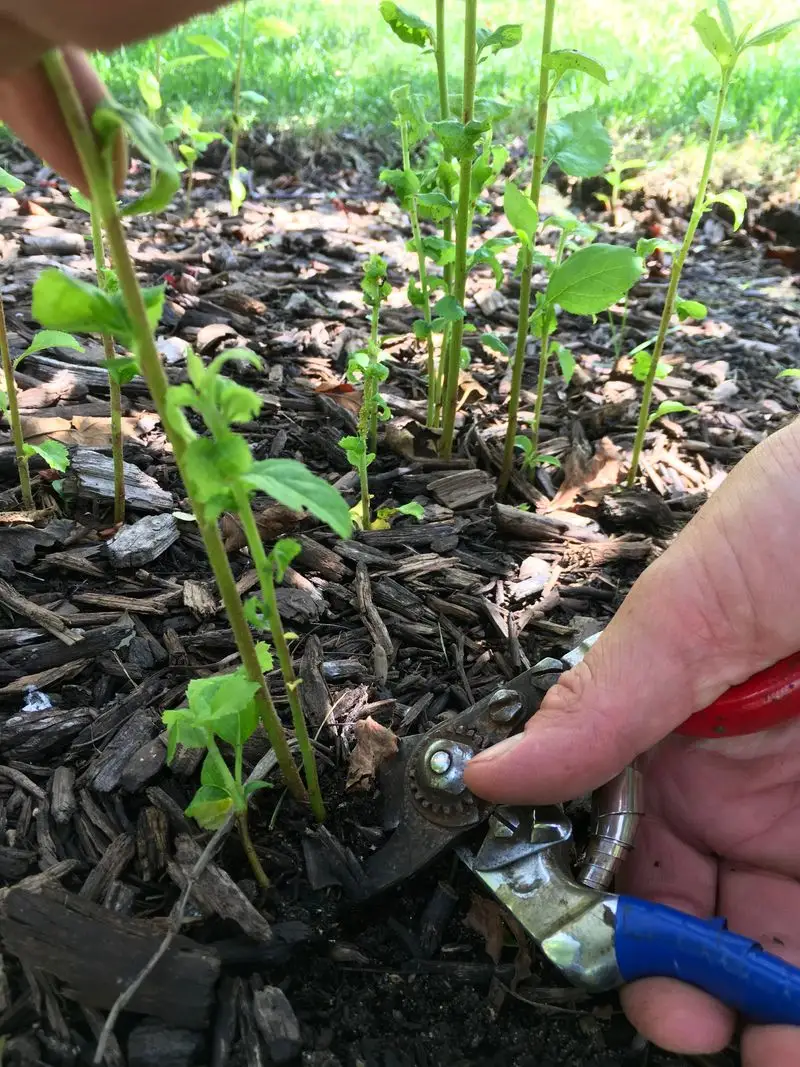
Spring is an ideal time to target suckers and water sprouts on trees. These fast-growing shoots can sap energy from the main structure, hindering growth.
Carefully remove them to direct energy where it’s needed most, promoting a strong, healthy framework. This task aids in shaping the tree and enhancing its productivity.
By dealing with these growths early, you ensure the tree’s resources are efficiently used, fostering a thriving, fruitful garden. This attention to detail reflects a gardener’s dedication to nurturing a vibrant, balanced landscape.

